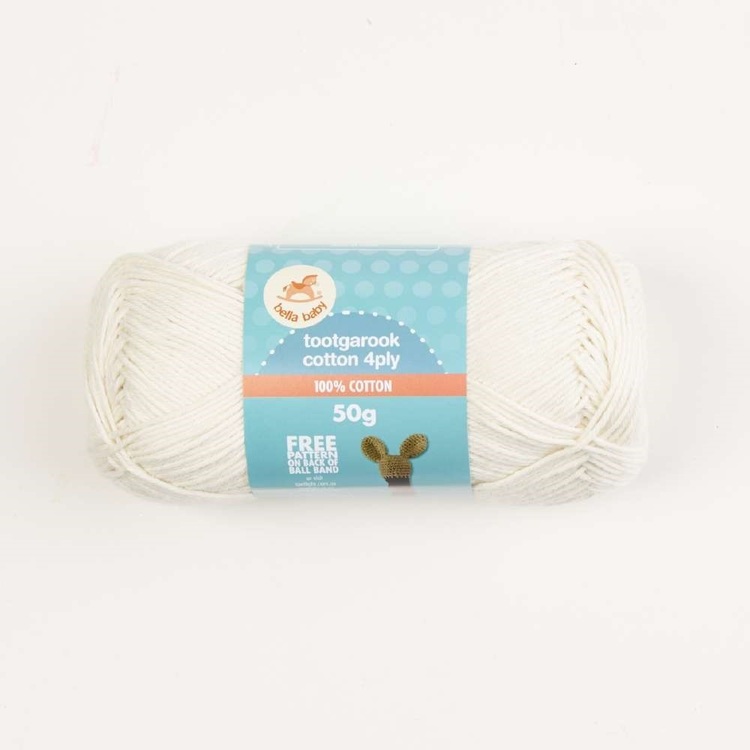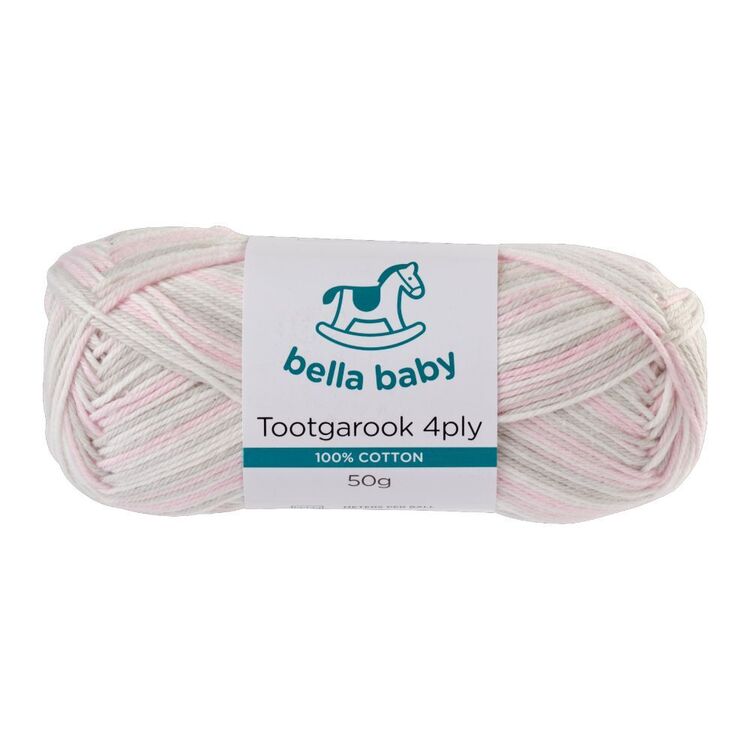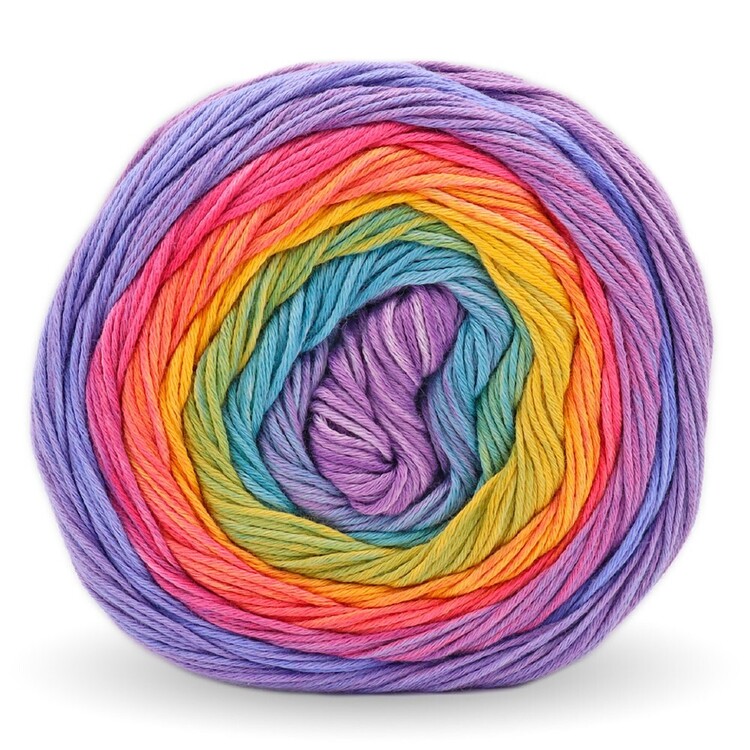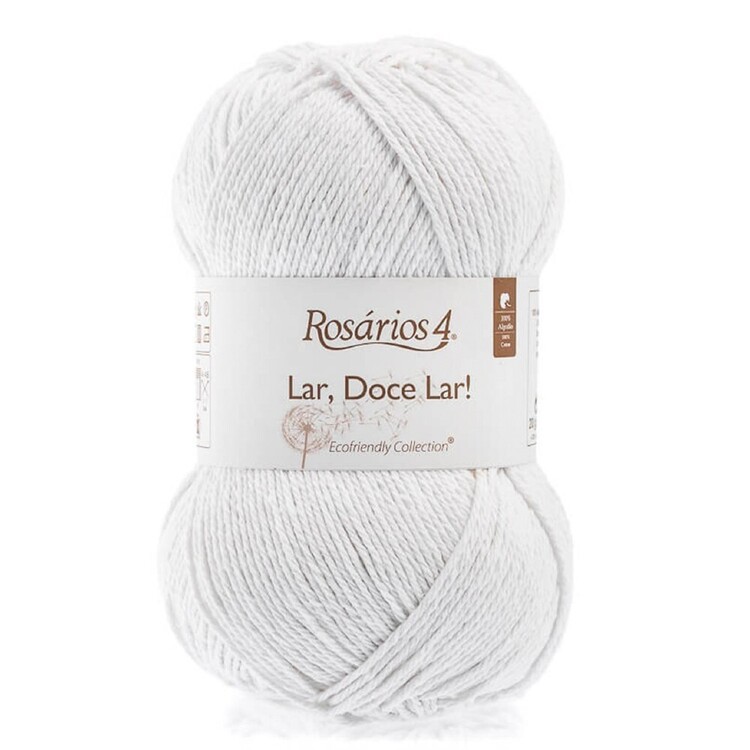 | ||
| Your browser is not supported. | ||
|
Please browse our site using any of the following options:
| ||
Cotton Knitting Yarn
The knitting cotton yarn range from Spotlight is breathable, water absorbent, machine washable, and super soft. Shop our colourful cotton yarn today!
4 items found.
What You Need To Remember When Choosing Knitting Yarn
Knitting yarn is quite straightforward right? Wrong, because there are many things to take into consideration. Properties from the gauge of the material to its texture and colour, there are many characteristics you need to think about when you select knitting yarn. To help you on your way, we have provided a useful overview of information to help you select the perfect yarn for your project.
What Is The Most Important Characteristic For Yarn?
One of the most important characteristics for your yarn is its gauge. Some crafters do not have to worry about the gauge, especially when you consider that the yarn gauge is usually mentioned on the pattern. So, all you need to do is read the pattern and choose the recommended yarn. But, what do you do when that recommended yarn is not available?
When the recommended yarn is not available, you can look at the recommended gauge itself. The gauge is a number that refers to the amount of stitches per inch or per centimetre. For this reason, determining the right gauge is important.
Please note that a replacement yarn with the same gauge is not necessarily the right choice. There are other properties you need to look at to ensure it will function in the same way, this includes texture, colour, and even the drape. If you do need to choose another ball of yarn, be sure to check these properties too.
What Additional Tips Should I Consider When Selecting Yarn?
Even though the gauge is one of the most important things to check for when selecting yarn, there are other factors you must consider in your search. To ensure you have all your bases covered, be sure to read the following information before selecting your yarn from Spotlight.
Novelty yarn issues - When you are a beginner, it is not a good idea to start your knitting journey with novelty yarn. Even though these yarns look spectacular, there are notoriously difficult to work with. Some novelty yarns can also provide less than desirable results for certain projects, so only tackle this particular type of yarn when you become more experienced.
Even though novelty yarn is difficult to work with, there are novelty yarns that will deliver some great results, this includes variegated dyed novelty yarns. However, these yarns are still only recommended for more experienced crafters, as correcting mistakes is difficult with this kind of yarn.
Fabric fibre selection - Another thing to take into consideration when you choose knitting yarn is the fabric fibre it is made from. Nowadays, you can find fabric fibres from all sorts of materials including cotton, silk, manmade materials, wool, and loads more.
To select the right fabric fibre, it is worth asking yourself some pointed questions. For example, is the fabric fibre prone to pilling? How easy is the fabric fibre to work with? These questions can all help you narrow down your choices.
Natural versus synthetic - When you start looking at yarns, you will notice that they can be divided into two major groups: natural and synthetic. Natural materials include wool, cashmere, silk, cotton, bamboo, linen and other fibres obtained from animals or plants. Synthetic materials are made by man, which means they may contain chemicals but can provide more manmade advantages. Synthetic fabric fibres can be cheaper too.
Budget - Another major factor that will play a role in your decision is your budget. Some crafters will have a limited budget when they get started with crochet, which can influence their material choice. Synthetics can be more affordable, but they are also more difficult to work with. However, you can find some synthetic options that are affordable and somewhat easier to manipulate.
Colours - Beginners should stick with some of the lighter yarn options out there, this has to do with easy visibility. If you just learn how to knit, knitting with darker colours makes it pretty difficult to see the stitches. So, if you are in the project selection stage, be sure to choose something that has some lighter yarn in the design. Ideally, you want to choose a light wool yarn, as these are the easiest to work with.



























